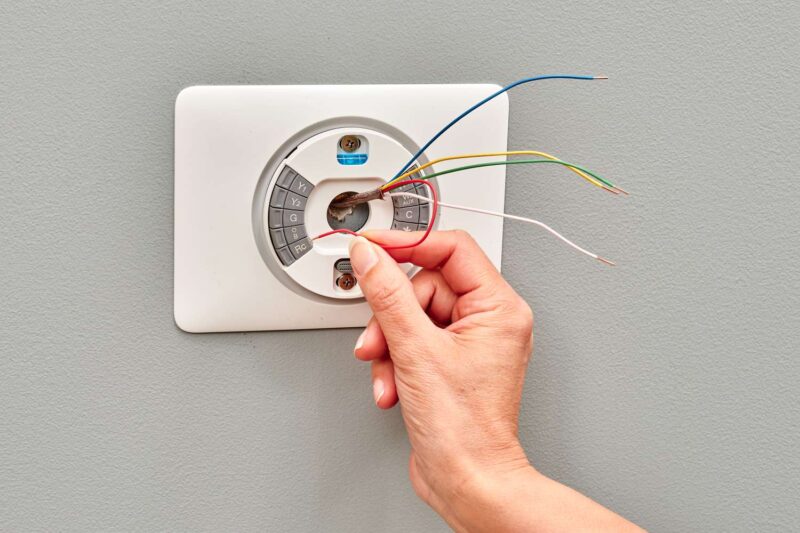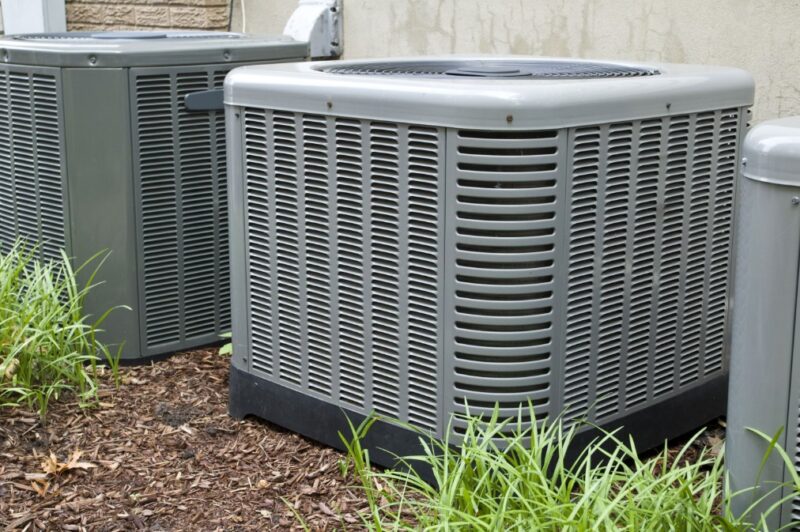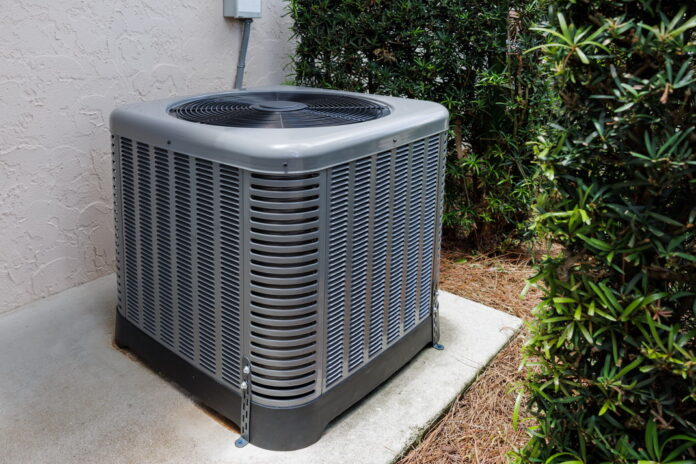For the longest time, HVAC systems and thermostats were pretty simple technology. A lot has changed over the last decade or so. For instance, have you ever heard of an HVAC power adapter? More importantly, do you know what circumstances would dictate your needing one?
The power adapter this post is referring to is more or less a AC powerpack you plug into the wall. It would be similar to the powerpack that runs your computer, modem, Wi-Fi router, etc. But since when do HVAC systems need them? Think smart thermostats.
Smart Thermostats and the C-Wire

For the record, your furnace and/or air conditioner does not need a separate power adapter. Both furnaces and air conditioners are hard wired to a home’s electrical system. The power adapter, if one is necessary, is for a smart thermostat. It’s all about the C-wire. Salt Lake City’s SameDay says that older homes are the most likely to not have one.
The C-wire (common wire) provides continuous power without interruption. On the other hand, the hot and neutral wires providing the power that engages and disengages the HVAC work in a way similar to a light switch. Power is connected and disconnected as necessary. That doesn’t work for a smart thermostat requiring constant power for features like Wi-Fi and smart programming.
Not all homes have the C-wire available. As such, a smart thermostat would need supplemental power to do what it does. That’s the point of the power adapter. It provides power directly to the thermostat regardless of whether the HVAC system is running. The main wires connecting the thermostat to the HVAC function as normal.
Key Things to Consider

If you are thinking about installing a smart thermostat and you’re wondering about the C-wire issue, whether or not your home is equipped with one is easy enough to figure out. Here are some key considerations to get you started:
- Checking for the wire – You can check for the presence of a C-wire by removing your thermostat’s faceplate, unscrewing it, and pulling it out from the wall. If there is no wire attached to the ‘C’ terminal on your current thermostat, check the wire bundle for a wire that isn’t connected to anything. C-wires for HVAC systems are usually black or blue.
- A low power wire – A C-wire is a low-voltage wire. Older thermostats don’t need a low-voltage power source, which is why many older homes don’t have the C-wire. You could have an electrician run a C-wire for you if you need the extra power but don’t want to use a power adapter.
- The battery alternative – It is possible to buy a smart thermostat that will use batteries instead of C-wire power, but that often means sacrificing other functionalities. It’s better to just go with a power adapter.
A power adapter obviously needs an outlet. That means running a power cord from your thermostat to the nearest plug on the wall. It’s kind of unsightly, but that is the nature of the beast.
A Smart Thermostat Is Worthwhile
All the C-wire issues aside, a smart thermostat is worth the investment. Smart thermostats help save energy and make heating and cooling a home more convenient. Adding one to a whole-home automation system can really make a difference.
If you’ve been thinking about installing a smart thermostat, think about the C-wire too. Check and see if your home has one. If it does come you’re good to go. Otherwise, you’ll have to consider a power adapter or having an electrician run a C-wire for you.




